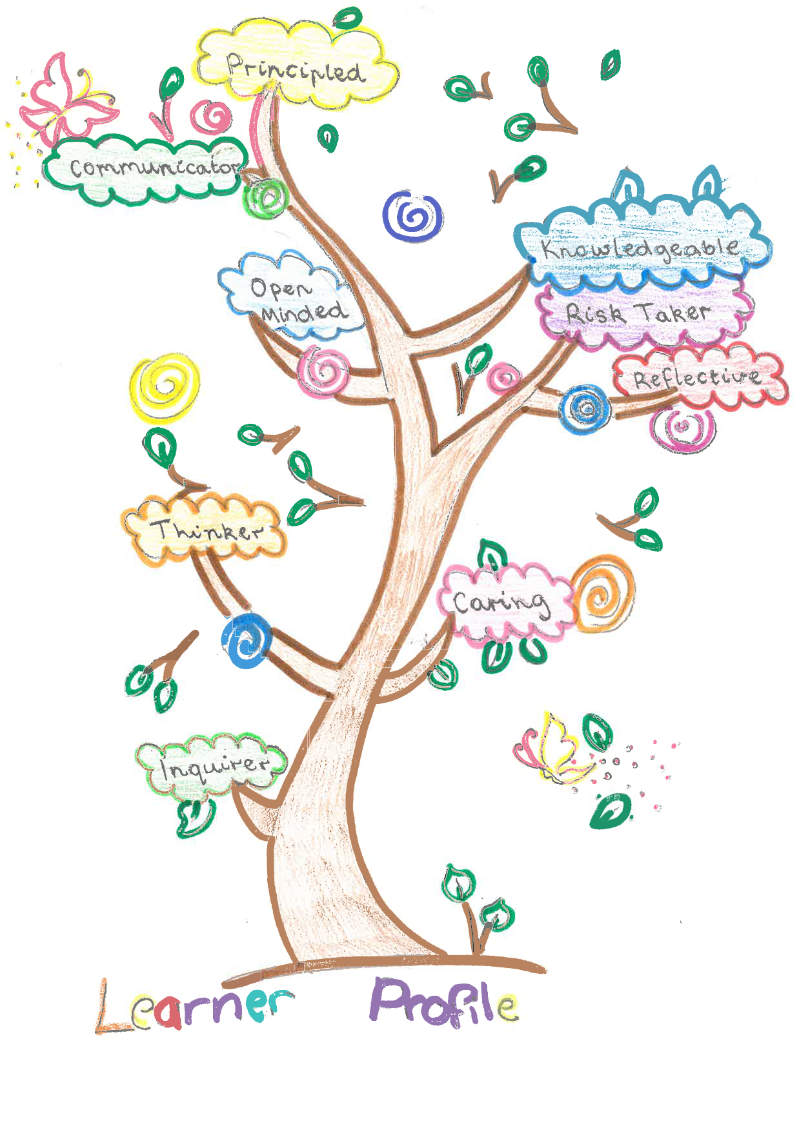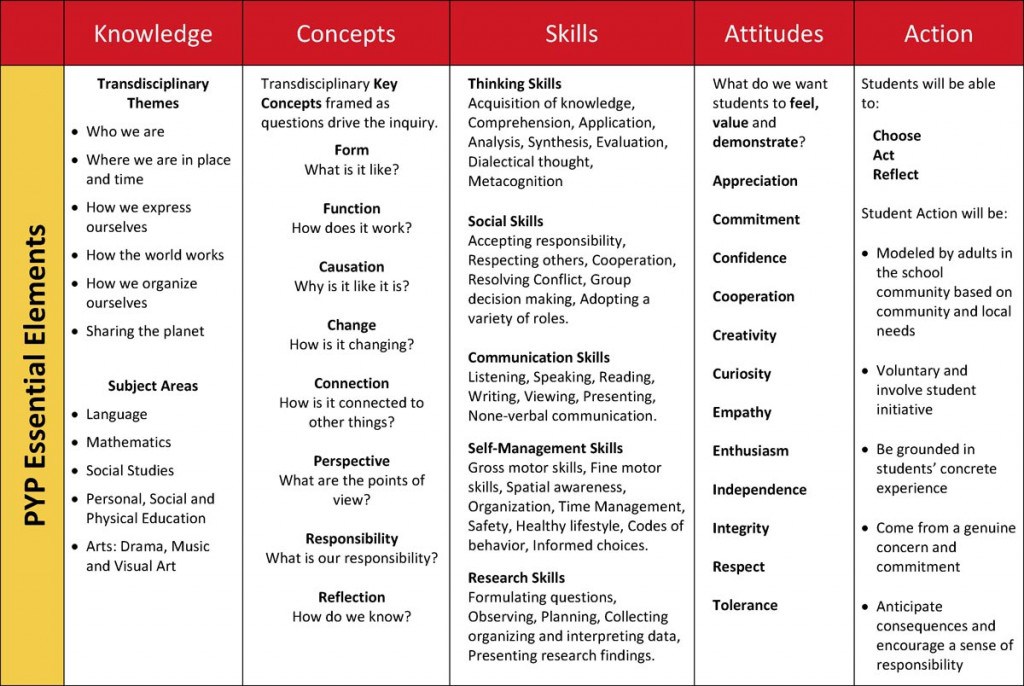PYP
International BaccalaureateWhat is the PYP?
Caulfield South Primary delivers the Primary Years Programme (PYP) of the International Baccalaureate and is an IB World School. This means that Caulfield South Primary is fully accredited to deliver the Victorian Curriculum through the curriculum framework of the PYP.
The Primary Years Programme (PYP) of the International Baccalaureate is designed for students between the ages of 3 and 12 years. The aim of all IB programmes is to develop internationally minded people, who demonstrate the attributes of the Learner Profile. IB learners strive to be: Inquirers, Knowledgeable, Thinkers, Communicators, Principled, Open-Minded, Caring, Risk-takers, Balanced and Reflective. This is done through the delivery of a curriculum which is engaging, relevant, challenging and significant.
The International Baccalaureate emphasises putting learning in a global context and making real world connections with learning. Curriculum at Caulfield South Primary is designed to support this aim, encompassing students’ academic welfare, as well as their social, physical, emotional and cultural needs. The PYP combines the best research and practice from a range of national systems, with a wealth of knowledge and experience from international schools, to create a relevant and engaging educational framework for all children.
The Primary Years Programme has an overlying framework for its curriculum. Six transdisciplinary themes are covered each year, in conjunction with the Victorian Curriculum. Students inquire into different themes which are meaningful, relevant and have global significance. These themes cover:
- Who We Are
- Where we are in Place and Time
- How we Express Ourselves
- How the World Works
- How we Organise Ourselves
- Sharing the Planet
Why is CSPS an IB School?
Caulfield South Primary is an IB World School because of the high degree of philosophical alignment that we have with the IB. This can be see through our mission statements.
Caulfield South Primary School is thrilled to be a PYP school. We strongly support the academic rigour associated with the programme, as well as its emphasis on lifelong learning. We believe that inquiry learning, where students are active in determining areas for investigation, helps to make learning more meaningful for students, as well as encouraging their capacity to become autonomous, self-motivated learners. Furthermore, Caulfield South Primary strongly believes in the goal of encouraging students to feel like they can make positive change in the world. This theme can be seen in both our mission statement and that of the IB. Through the 5 Essential Elements of the PYP, and the IB Learner Profile, students are provided with a structure that supports their ability to care for and appreciate the world and its people, and encourages their acquisition of positive behaviours. By encouraging students to become agents of positive change, they can appreciate learning as being for a purpose, providing excitement and validation for students. Learning at CSPS is preparing students to go out into the world with a positive, lifelong view of learning and the belief that they themselves have the capacity to make the world a better place.
Caulfield South Primary School Mission Statement
IB Mission Statement
Our Programme of Inquiry
The IB Learner Profile
The aim of all IB programmes is to develop internationally minded people who, recognising their common humanity and shared guardianship of the planet, help to create a better and more peaceful world.
IB learners strive to be:
Inquirers
Knowledgeable
Thinkers
Communicators
Principled
Open-minded
Caring
Risk-takers
Balanced
Reflective
The students are taught to recognise these attributes in each other in various ways, such as by selecting their peers for playground awards for displaying attributes of the Learner Profile. By developing the attributes of the IB Learner Profile, students at Caulfield South develop “International Mindedness”, which is the overarching goal of PYP schools.
Caulfield South Primary is proud to produce internationally minded students who demonstrate the IB Learner Profile attributes.

The 5 Essential Elements
In the PYP, a balance is sought between acquisition of knowledge and skills, development of conceptual understanding, demonstration of positive attitudes, and taking responsible action. This means that, through our programme of inquiry, students at Caulfield South learn not just facts and information (knowledge), but they also learn how to do things (skills), how to understand and organise knowledge (concepts) how to behave appropriately (attitudes) and how to put their learning into action (action). Our learners are able to reflect on their learning in each of these elements and identify how their learning is supporting them to develop the attributes of the Learner Profile.

Concept Based Learning
Concept based learning uses a conceptual framework to engage learners with significant ideas that are transferable across disciplines. The aim is to encourage deeper levels of understanding by not simply memorising isolated facts out of context. Conceptual understanding encourages the learner to construct meaning through improved critical thinking and the transfer of knowledge between subjects and topics.
A few practical examples of the difference can be seen in the table below.
Topic Based
Concept Based
The Exhibition
In Year 6, students complete a major, collaborative inquiry into an issue of global significance. This inquiry is the culmination of a student’s journey through the PYP, allowing them the opportunity to showcase the essential elements of the PYP to the wider school community.
The exhibition places a significant emphasis on student action. It requires learners to take their new knowledge and understanding to the next level, by creating and implementing a plan to make a real difference in the world, based on their learning.
Students exhibit the attributes of the IB learner profile throughout the exhibition. This – coupled with a focus on global issues – further develops students’ understanding of what it means to be internationally-minded.
The crescendo of the exhibition is the Exhibition Evening, where the wider school community is invited to share in the students’ learning. Students learn to adapt the way they communicate in order to meet the needs of a vast audience, ranging from young children to Members of Parliament.
The exhibition further develops a sense of agency in students, as they are afforded a high degree of autonomy in their learning and celebrates their transition to the next phase of their education.
